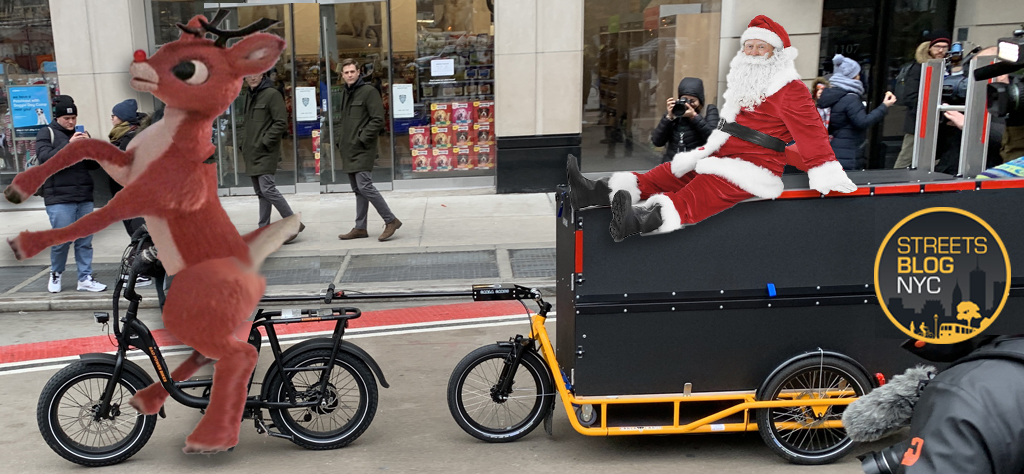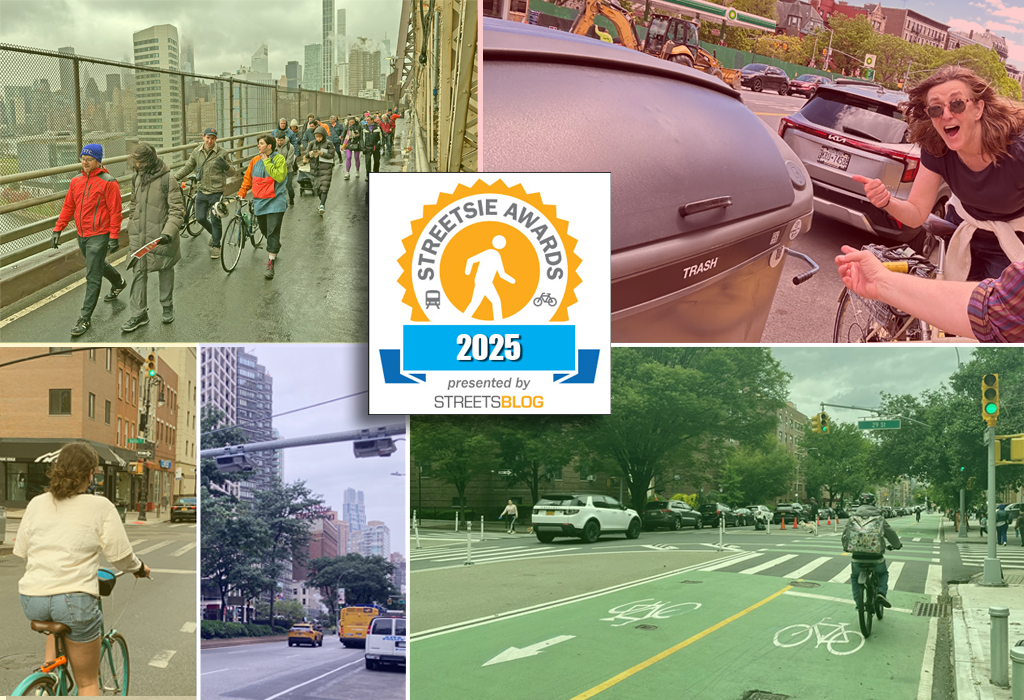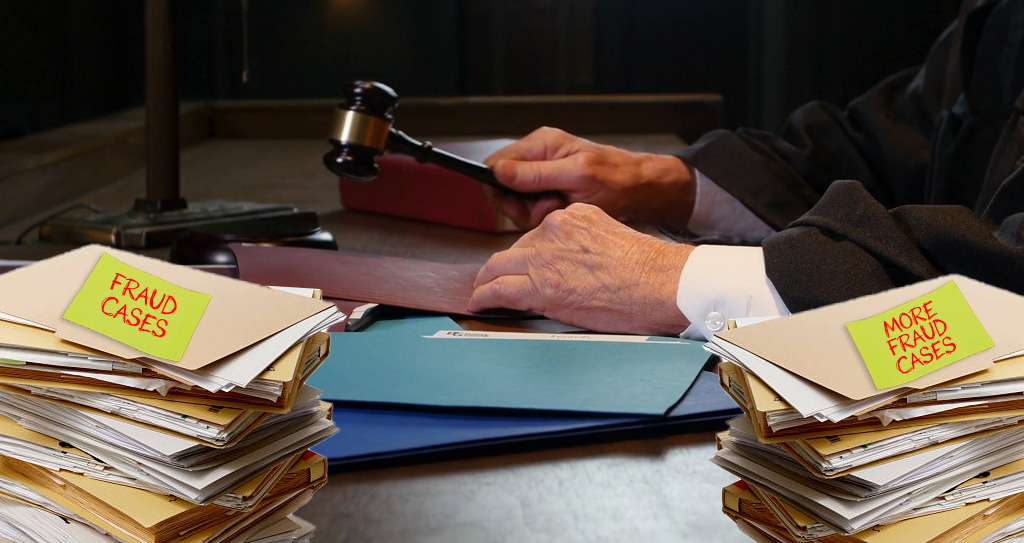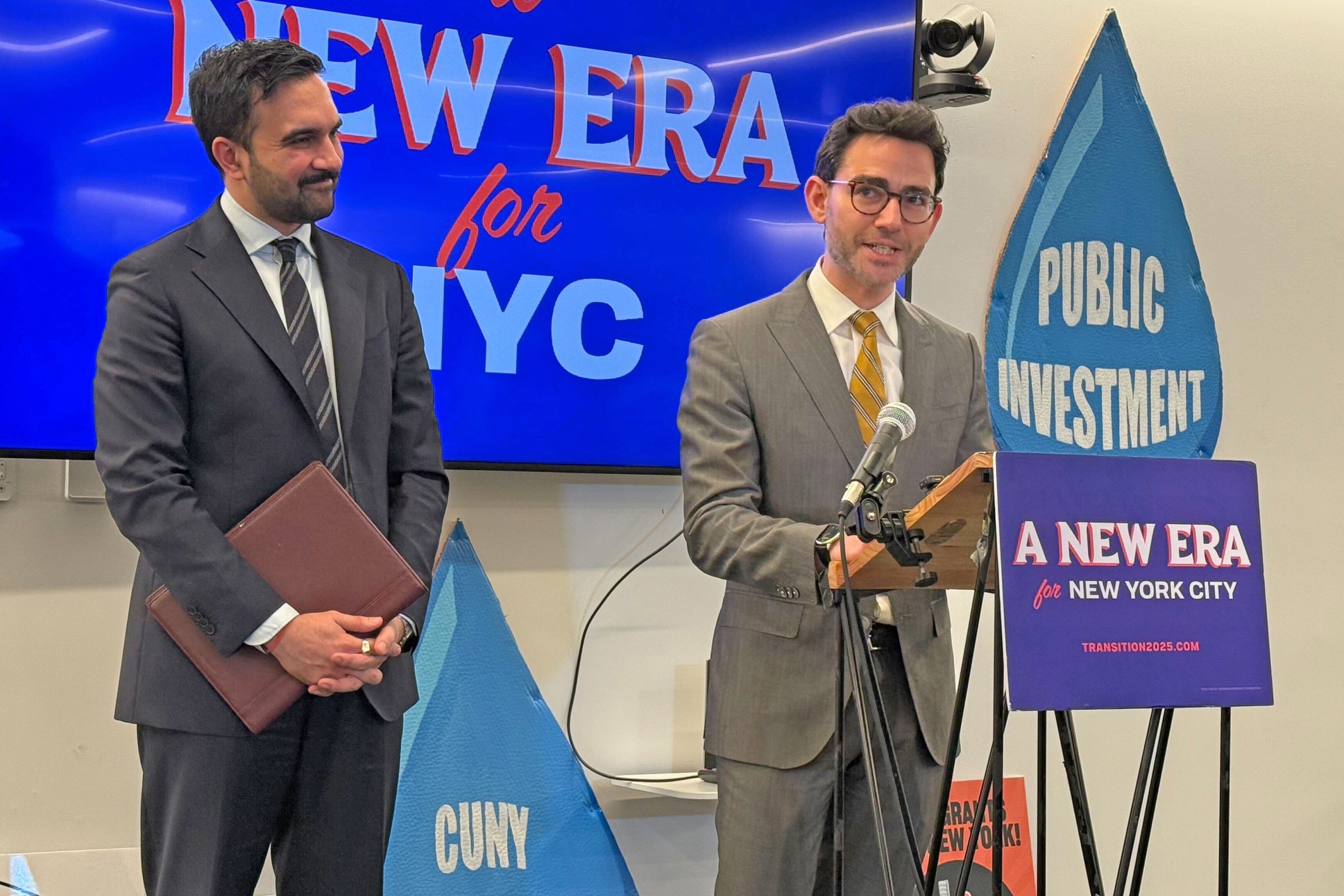Pratt Street is a narrow, one-way block-long street in the heart of downtown Hartford, Connecticut, lined with red brick pavers and historic storefronts. It's also the latest street in the United States to go car-free, at least some of the time, as part of the city's first agreement to spend parking meter revenue on local streetscape improvements.
After Pratt Street fell on hard times in the 1970s and 1980s, in 1989 health insurer Aetna agreed to fund reconstruction and maintenance when it built a high-rise office building next door. After Aetna handed maintenance duties back to the city in 2008, though, Pratt Street started to backslide.
"We do have a fair amount of vacant retail," said Rory Gale, who owns Hartford Prints!, a stationery store on Pratt Street. “We want to fill the retail spaces.”
Last year, the city replaced Pratt Street's worn brick in a top-to-bottom rebuild. After the $1.1 million project finished last fall, local property owners, merchants, city officials, and representatives from the Hartford Parking Authority began discussing how to bring more street life to Pratt Street. The idea of pedestrianizing the block had been kicking around Hartford for decades, but there was some concern.
“We’ve read report after report after report about best practices, what works and what doesn’t work for pedestrian areas," said Jordan Polon, executive director of the Hartford Business Improvement District. "One of our major concerns on the BID side was that pedestrian streets that are not activated are not traditionally successful."
But organizing events and keeping the street active would require money. So a solution was found: funding events on Pratt Street with parking meter revenue.
During a pilot period from May 1 to November 1, Pratt Street goes car-free during lunchtime, from 11 a.m. to 2 p.m. on weekdays. On Fridays, there are musical acts at lunchtime and car-free hours extend until 8 p.m. The space has tables and chairs that are owned by the BID, which performs street cleaning and maintenance and pays the musicians.
To fund the initiative, the city sets aside parking meter revenue generated on Pratt Street into a special account to reimburse the BID.
“We have smart meters, so we can tell on the back end how much revenue was generated on Pratt Street, to the penny," said Eric Boone, executive director of the Hartford Parking Authority. Boone estimates that the new plan, in effect since April, will generate $30,000 a year to be used on Pratt Street improvements, instead of going to the city's general fund like other parking revenue. "It’s kind of a hard thing for a cash-strapped city to dedicate revenue away from the general fund to the streets," he said.
“Getting that pedestrian feel back to downtown is very important to us and to the businesses. We’re just hoping that this catches on," said Julio Concepcion, a City Council member who serves on the BID's board. Concepcion also works as a vice president at the MetroHartford Alliance, a regional chamber of commerce with its offices on Pratt Street. "If it’s a successful pilot, we'll be looking to grow the program," he said.
Gale is hoping to expand Pratt Street's car-free hours and bring a weekend farmers market. “Next year, we’re going to have some more money to work with," she said.
Boone noted that there is a trade-off between car-free hours, which do not generate parking revenue, and spending money to program a car-free street. But inspired by the types of parking reforms championed by Donald Shoup, Boone hopes the parking authority can bring revenue-sharing programs to other neighborhoods. Many areas in Hartford don't have meters but could benefit from more parking turnover on their local shopping streets, Boone said, and use the meter revenue to spruce up their streets.
"There are benefits to metering. But there’s the perception that you’re just taxing the residents," said Boone. "It’s a good model to earmark parking revenues for streetscape and parking improvements... You can generate more revenue when people see there’s a direct benefit.”






